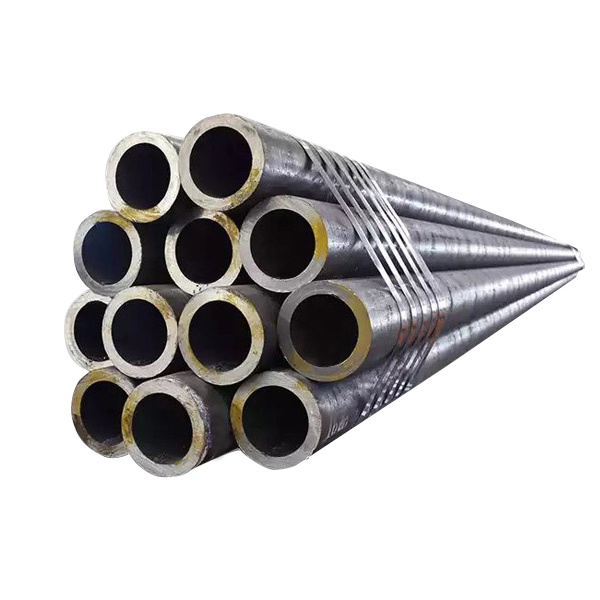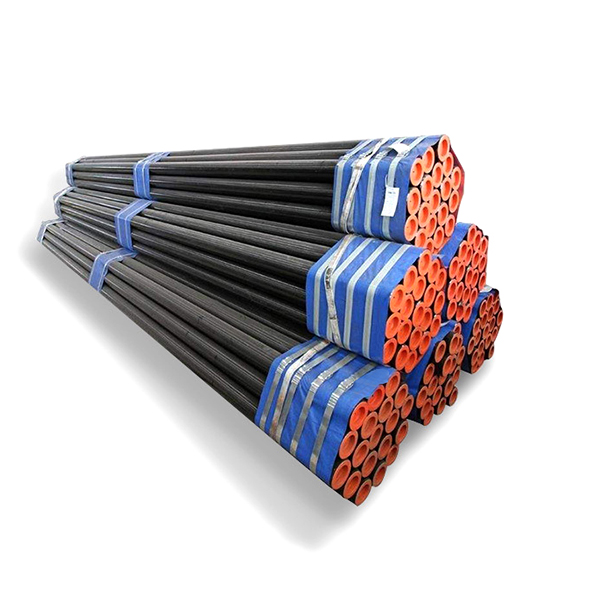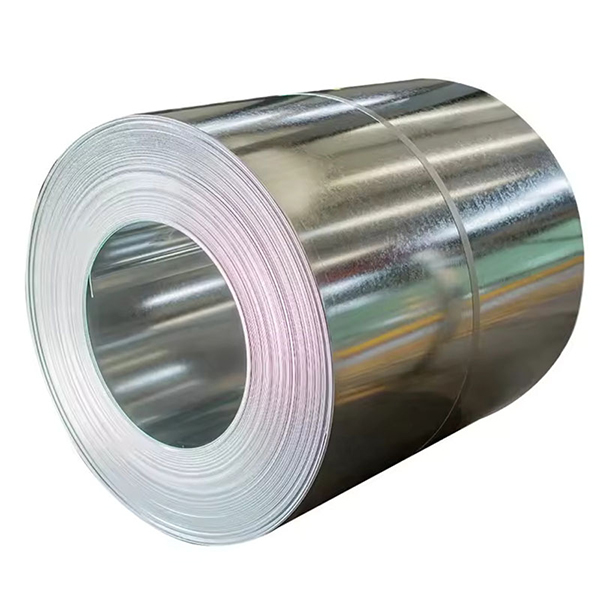Characteristics and Manufacturing Process of SUS304
SUS304 is a common type of stainless steel material, widely used in various industrial and daily life fields. It belongs to the austenitic stainless steel category and possesses excellent corrosion resistance, high-temperature resistance, and good mechanical properties. Due to its outstanding performance in various environments, SUS304 has become the preferred material for many industries.
The composition and characteristics of SUS304
SUS304 is mainly composed of elements such as iron, chromium (Cr), and nickel (Ni). The chromium content is usually between 18% and 20%, while the nickel content is between 8% and 10.5%. It is precisely this high proportion of high chromium and high nickel that gives SUS304 the following characteristics:
Corrosion resistance: SUS304 has strong resistance to various media such as air, acids, alkalis, and salts. It performs particularly well in humid or acidic environments.
High strength and toughness: It has high strength and also possesses good ductility and toughness, making it suitable for various processing methods.
Oxidation resistance: In high-temperature environments, SUS304 can maintain the stability of its structure and properties, and is widely used in boilers, heat exchangers and other equipment.
Safety: SUS304 does not contain harmful elements to the human body, such as lead (Pb), and is therefore safe for use. Additionally, it has a high thermal and electrical conductivity, making it widely used in food processing equipment.
Beauty: SUS304 has a high glossiness and a beautiful appearance, making it suitable for various decorative fields. For example, in the home decoration field, SUS304 can be used to make various attractive furniture and decorative items.
The production process of SUS304
The manufacturing process of SUS304 involves several crucial steps to ensure its excellent performance and stability:
Melting: The raw materials of iron, chromium, and nickel are melted in a high-temperature furnace, and the composition ratio is adjusted by adding alloy elements.
Pouring: The molten stainless steel is injected into molds to form the initial billets, such as steel ingots or continuous casting billets.
Hot rolling and cold rolling: The billets undergo hot rolling or cold rolling processes to be processed into the desired thickness of plates or other shapes, enhancing the strength and surface finish of the material.
Heat treatment: Usually, solution treatment is adopted to eliminate the internal stress generated during processing and optimize the grain structure, thereby enhancing the corrosion resistance.
Surface treatment: Depending on the application, acid washing, polishing, etc. can be carried out to improve the appearance and anti-fouling ability of the material.
Application of SUS304
Due to its numerous advantages, SUS304 is widely used in various fields such as food processing, medical equipment, architectural decoration, automotive parts, and chemical equipment. For instance, sinks in kitchenware, storage tanks, and the exterior facades of high-end buildings all cannot do without the presence of SUS304.
SUS304 has become an indispensable material in modern industry due to its outstanding performance and diverse applications. Through scientific manufacturing processes and reasonable usage methods, it can meet the demands of various complex environments and continuously serve industrial production and daily life.





